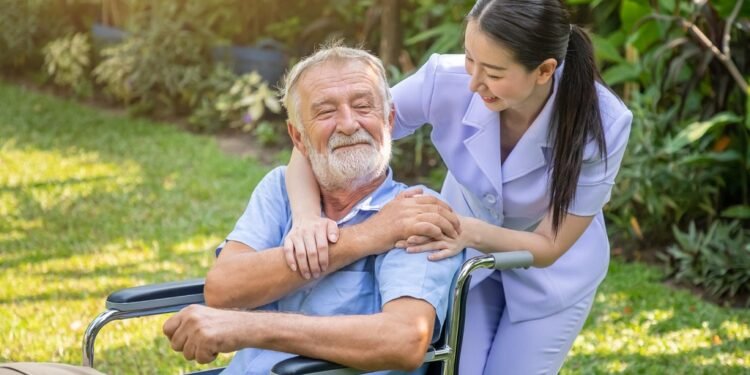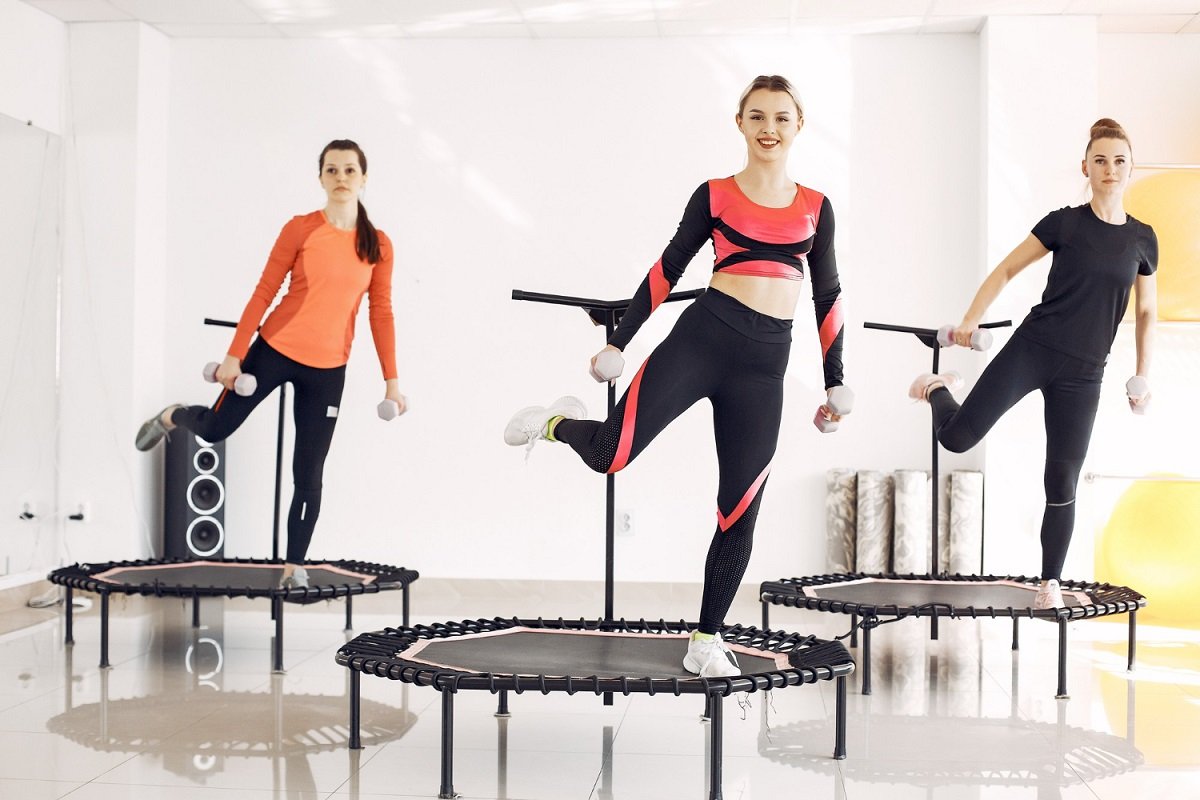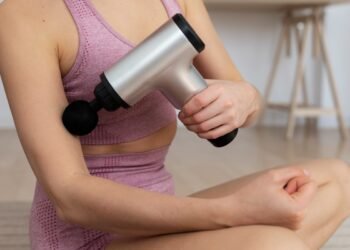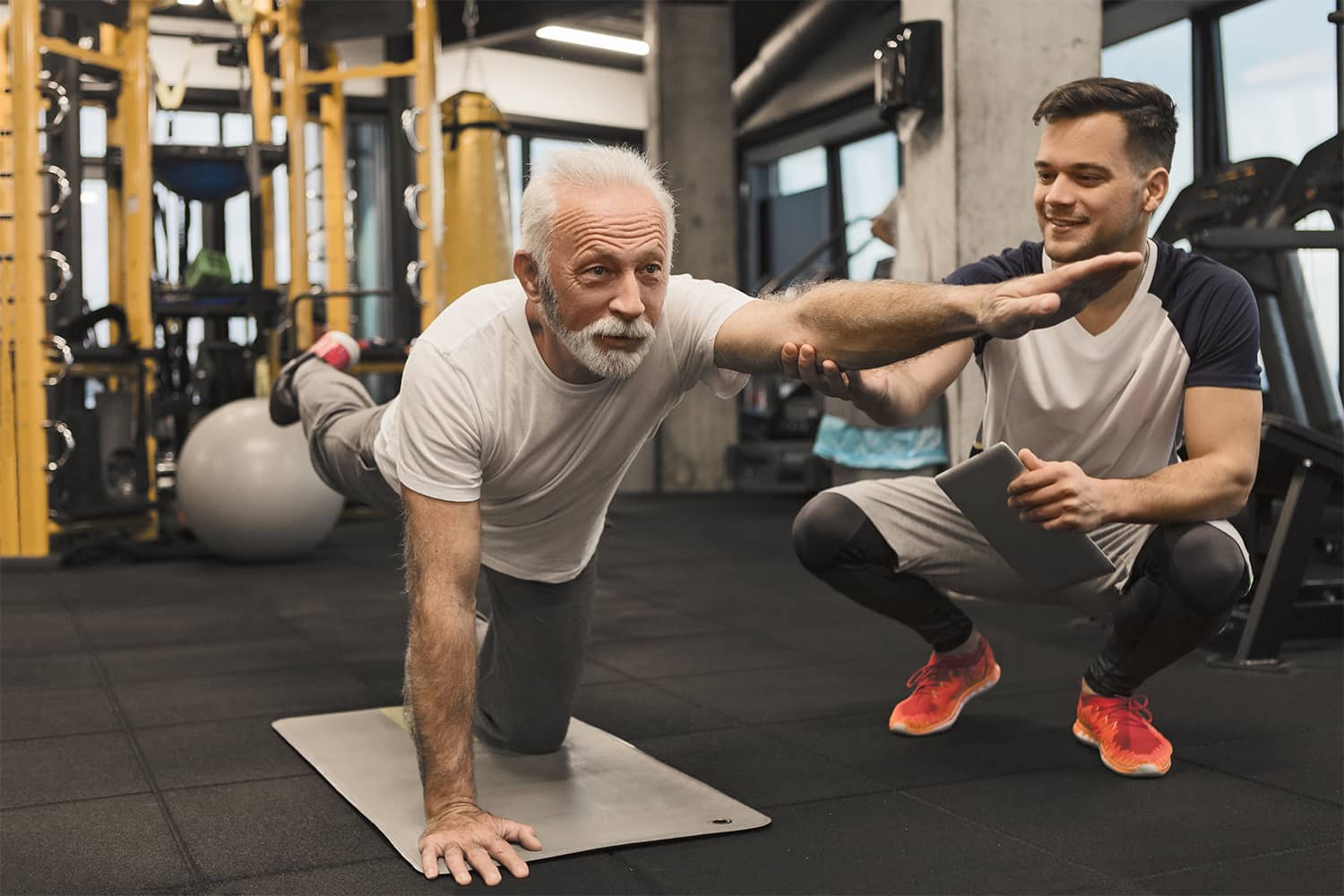Stroke patients who get specialized nursing care are more likely to have individualized rehabilitation programs that help them recover as quickly as possible.
Nurses are critical to the early identification and activation of emergency responses, the recognition of typical and atypical symptoms, and providing general patient support. They also prevent complications like thrombosis, pulmonary embolism, and pneumonia.
Nursing care after stroke often includes home healthcare and community-based interventions, e.g., physiotherapy, speech therapy, counseling, and care coordination.
Five Specialized Nursing Care Services for Stroke Patients
Stroke treatment requires pinpoint accuracy. By providing more focused treatments, specialized nursing services help patients recover more quickly and with fewer complications.

#1. Physiotherapy
Some stroke patients suffer from physical impairments such as weakness or paralysis on one side of the body, changes in sensation (e.g., heavy limbs or feelings of numbness and pins and needles), and muscle stiffness. Physiotherapy can help with these issues.
The stroke nurse should assess the patient’s level of awareness, response to stimuli, ability to eat and drink, ability to swallow, skin integrity, activity tolerance, bowel and bladder function, and emotional status.
The nurse should also assess the patient’s coping strategies for managing life’s problems and determine whether support systems are in place to assist with daily living activities.
Generally, nursing care for stroke patients Victorville CA involves working with speech, physical, and occupational therapists. Each therapist will develop a customized plan for the individual.
#2. Speech Therapy
When a stroke occurs, the brain can suffer damage that impacts movement and speech. A stroke can cause aphasia, a condition that makes speaking and understanding language more challenging because the left side of the brain is responsible for controlling speech.
Swallowing problems (dysphagia) also result from stroke. This can lead to choking, malnutrition, dehydration, and even pneumonia. Speech pathologists screen, assess, and manage people with dysphagia and communication impairments.
Caregivers and loved ones can support survivors by acknowledging their progress, advocating for access to alternative forms of communication, and encouraging them to continue practicing exercises they learn in therapy at home. This is essential to maximizing the benefits of neuroplasticity.
#3. Occupational Therapy
Most stroke patients will undergo occupational therapy as a part of their recovery journey. It helps patients relearn the skills they need to regain independence, such as grooming, bathroom use, and cooking.
Other important occupational therapy goals include improving the patient’s quality of life and coping with challenges. They can also help patients adapt their living spaces to suit their needs better, such as installing bathroom grab bars.
In addition, occupational therapists can provide patients with home exercises that can help improve their strength and mobility.
They can also teach them how to use durable medical equipment, such as a powered wheelchair or a shower seat. They can also help patients regain their sense of touch by teaching them how to handle different textures and temperatures.
#4. Social Work
Many people who have suffered a stroke find their lives significantly changed. They may require special equipment to help them get around or to monitor their health status.
Family caregivers may sometimes need assistance finding this equipment or getting it reimbursed by insurance. A social worker can assist with these issues.
Studies indicate that some family caregivers continue to use formal health and social care services long after the stroke survivor has been discharged from the hospital.
These include homecare services, peer support, and the services of a general practitioner. Caregivers may also seek counseling and respite services.
However, few studies have explored factors influencing caregivers’ direct and indirect use of these services. Further research in this area is warranted. The results could help guide service development and optimization.
#5. Counseling
The focus of stroke recovery is often centered around enhancing muscle strength, decreasing spasticity, and regaining walking ability. However, psychological care is also a vital part of the healing process.
Cognitive changes, emotional lability, and depression are common in stroke survivors. These changes can be a challenge for both the patient and their caregivers. Stroke support groups can be an excellent source of education, community-building, and emotional support for patients and their caregivers.
Nursing assessment includes assessing the patient’s limbs, head positioning (to avoid increased intracranial pressure), eye-opening and pupillary response to light, body weight, nutritional and hydration status, and skin integrity. It is essential to monitor for seizures, as they can indicate a significant increase in ICP.
More Great Contents:
- 4 Benefits of Assisted Seniors in Facilities
- How To Improve Poor Leg Circulation
- 5 Ways to Improve Your Vision and Live a Healthier Life



















